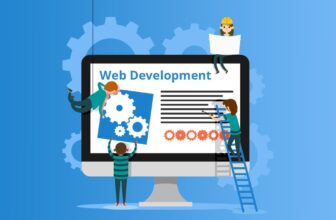
Are you looking to drive more qualified traffic to your website and landing pages? SEO is a critical component of your marketing strategy, helping you improve your visibility to the search engine bots. With the right Search Optimization strategy, you increase traffic, qualified leads, and conversion on your offers.
SEO comprises three strategies; technical, off-page, and on-page.
Off-page SEO strategies are everything you do outside of your website to increase your ranking. Guest posting and link building are great examples of productive and effective off-page SEO strategies. These strategies help you attract traffic to your site from other locations on the internet.
However, when the traffic does follow the link, landing on your website or web pages, you need a solid on-page SEO strategy to engage your visitor.
If you are looking to increase your organic traffic through a comprehensive SEO marketing campaign, you should partner with a dedicated SEO agency in Manchester such as Blue Whale Media.
Table of Contents
What Is On-Page SEO?
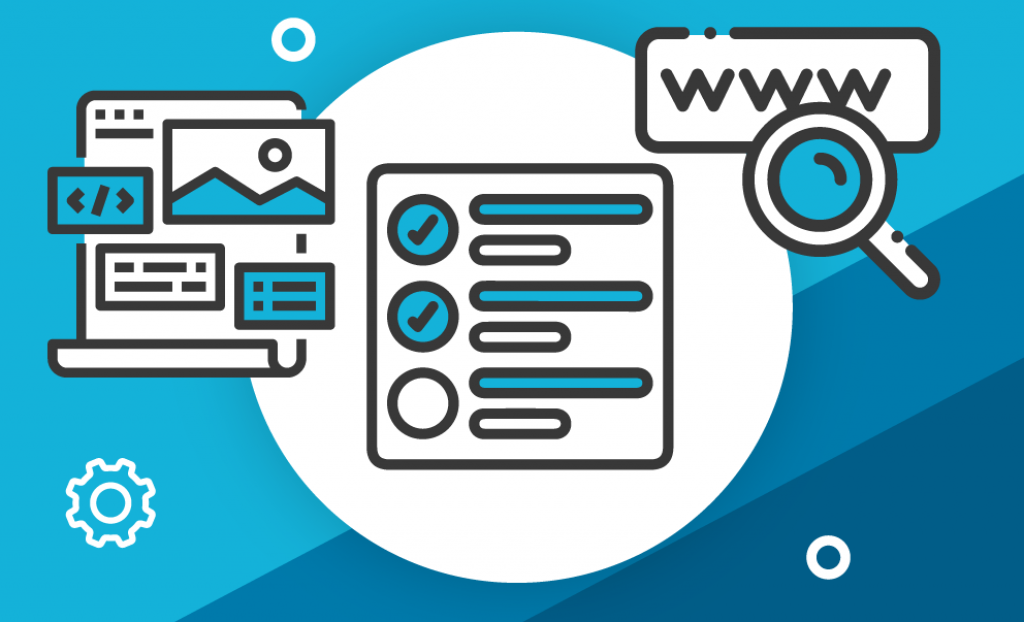
img source: technologies.com
On-page or on-site SEO is a set of best practices designed to optimize the performance of your website. When visitors land on your site, they expect a flawless and functional experience. If your pages take ages to load, or your CTAs aren’t in the right place or using the right keywords, you’re leaving money on the table.
Many web admins think that all they need to do is publish high-quality content, and they’ll get the traffic they desire. However, the reality is that while content quality is important, so are optimized headlines, images, and HTML tags (title, header, and meta).
Why On-Page SEO Is Important
Your on-page SEO helps search engines identify and understand your web content. With the right on-page strategy, you assist the search engines with matching search queries to relevant information on your website.
This post looks at how to quickly increase traffic with on-page SEO strategies.
EAT
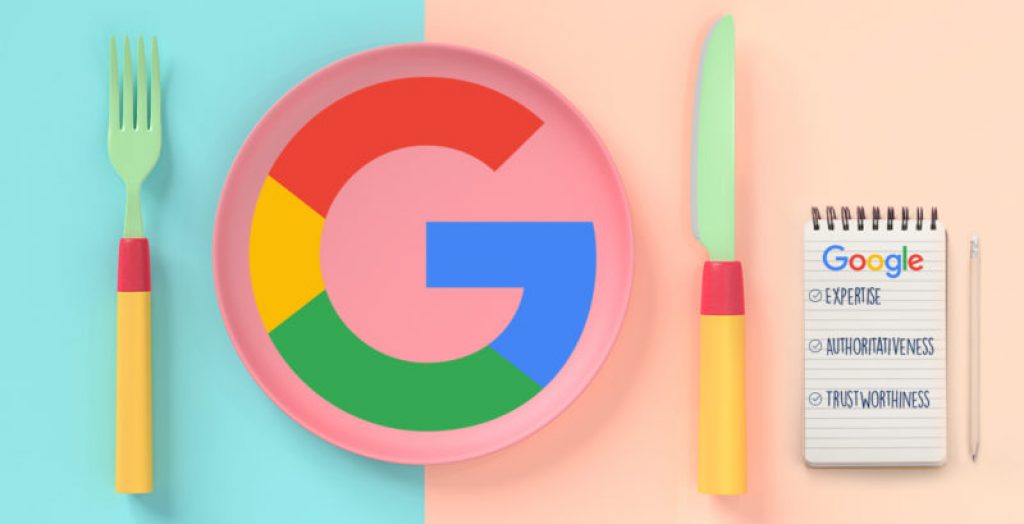
img source: thebrandonagency.com
This acronym stands for Expertise, Authoritativeness, and Trustworthiness. This Google framework assesses all web pages, content creators, and sites. As you already know, Google prefers recommending premium content to its users.
The Google algorithm rewards high-quality content with a better ranking in search and SERP results while penalizing duplicate and low-quality content.
Title Tags
You’ll find this HTML tag in the head section of your web pages. A title tag provides the search engines with a hint of what they can expect to find in your webpage content. Title tags are prominent in SERP results, where it often features as a clickable link.
Many web admins overlook this tool since title tags don’t relate much to search results and ranking.
If you ensure your title tags are unique, and well-written it will improve your ranking in the eyes of the search bots.
Meta Descriptions
The meta description is a critical component of your on-page strategy. Meta descriptions or meta tags provide descriptions of the page content. They often feature in SERPs under the page title.
Google states that adding meta descriptions to your content isn’t effective at boosting your search ranking. However, many web admins believe there’s plenty of anecdotal evidence suggesting well-written, keyword-rich meta descriptions do, in fact, add up to better rankings in search.
Optimizing your meta descriptions can improve your click-through rate (CTR) and the perception of your website offer.
Headlines
A compelling headline can mean the difference between your web pages getting a click or an impression. You need headlines that catch attention and stand out from the noise on the internet.
Header Tags
The header tag is an HTML element identifying headings and subheadings in your content. While header tags aren’t as critical to the success of your SEO as they were a few years ago, they still provide a crucial function in the site and your traffic.
The right header tags can improve your page and website ranking by making your content easy for visitors to read while providing opportunities for keyword placement to catch the attention of the search engines.
SEO Writing

img source: blogtec.io
When you create content for your web pages, you need to focus on producing top-quality content with both your audience and the search engines in mind.
Your readers demand high-quality content, and the last thing they want is to read a post or blog stuffed with as many keywords as possible. This strategy is frustrating to visitors, and Google will penalize your ranking.
Keyword Cannibalization
Make sure you use a targeted approach with keywords in your content. Using your keywords on multiple pages across your website results in “keyword cannibalization.”
Essentially, you end up competing with yourself for search ranking. Keep your pages unique and use your keywords strategically. This approach yields better results than trying to cram as many of your keywords into as many web pages as possible.
Content Audit
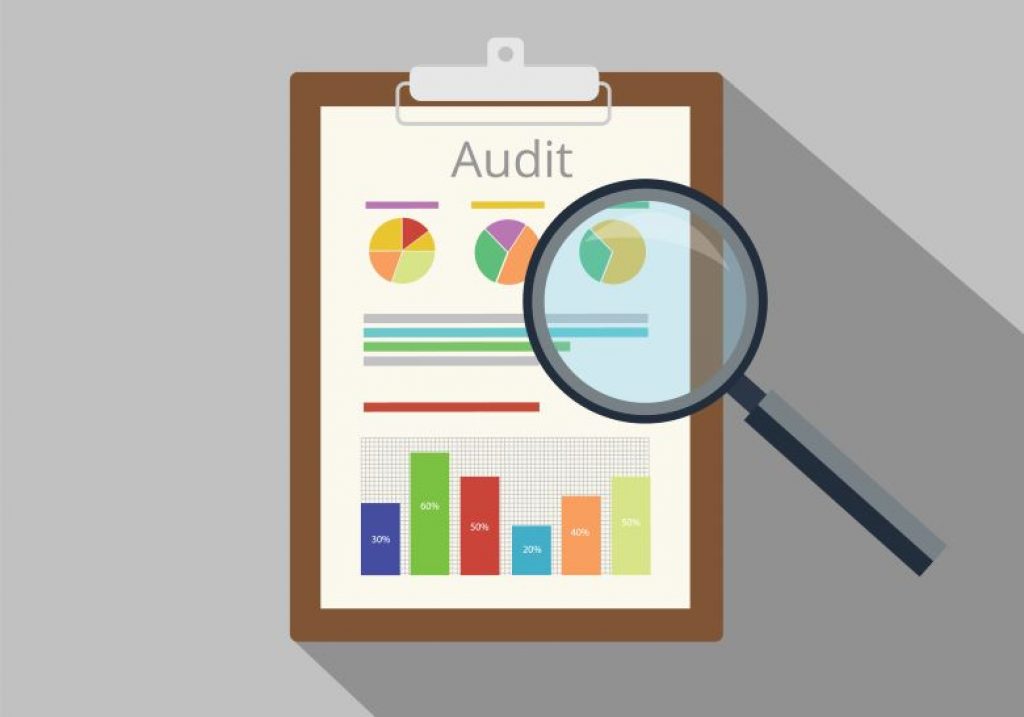
img source: ragan.com
Many web admins churn out content to grow their site. However, many overlook the importance of auditing your past content contributions.
Auditing your content helps you evaluate your top-performing content topics. You also have analytics to help you understand if your content is providing you with a suitable ROI. It’s crucial for your to update any stale, outdated, or inaccurate content from your site.
Image Optimization
Every website needs images and videos to improve user engagement. However, many web admins fail to compress their images and video media, leading to poor site performance and slower loading times.
Optimize your image and video gallery and compress all your images to the smallest file size possible without losing quality. As a result, your web pages load faster, and your bounce rate drops significantly.
User Engagement
When users land on your website, you have less than three seconds to load the page before they bounce back to the search results.
Optimizing your website speed and the positioning of your CTAs help improve engagement, creating a better user experience for your visitors.
Don’t Overlook the Power of On-Page SEO Strategies
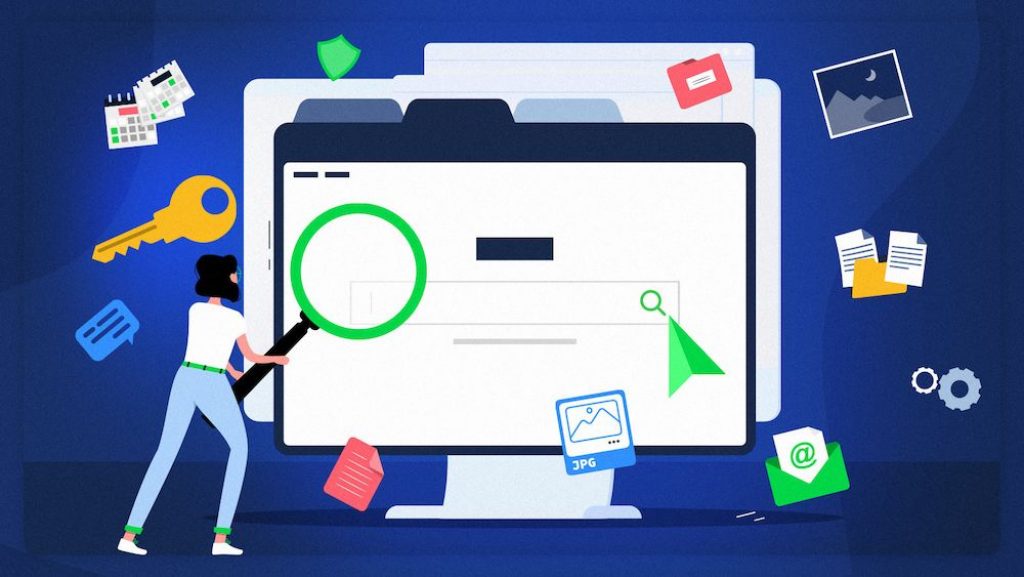
img source: onely.com
On-page is a critical component of your overall SEO strategy, and it plays a major role in producing the results you get with your web pages and site.
Follow our tips, and you’ll see immediate improvements to your traffic and better conversion rates, with fewer visitors bouncing from your site when they land on the page.
The result? Significant growth in your traffic and the success of your website.




